The triangular trade is a system of trade most closely associated with the transatlantic slave trade in the 16th through 19th century. Triangular trade involves one trader exchanging commodities for a second commodity he can in turn trade with a second partner. Triangular trade APUSH questions will require you to know the three partners involved in the transatlantic slave trade, the route of trade, the commodities traded, and the consequences of the trade.
What is the Triangular Trade?
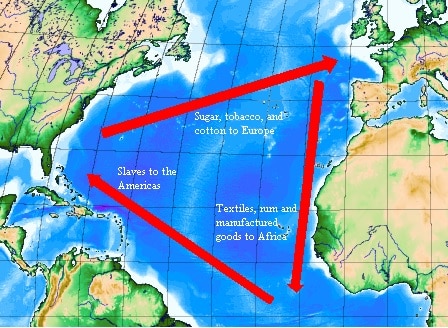
Map by SimonP
Triangular trade, when referring to the transatlantic slave trade, was a trade route originating in Europe that was used to supply colonies in the New World with slave labor. European colonial powers would ship manufactured goods such as textiles, rum, and guns, to West Africa, where they would exchange them for slaves. The slaves would be taken to the Americas on the Middle Passage. Most slaves were taken to the Caribbean and South America. Only a small percentage of slaves were taken directly to North America. Once in the New World, slaves would be traded for raw materials harvested on plantations, such as sugar, cotton, tobacco, and wood. These raw materials would be taken back to Europe, where they would be used to manufacture goods, thus beginning the cycle of trade again.
Important years to note for the Triangular Trade:
- 1526: The Portuguese import the first slaves from Africa to the New World
- 1636: North America enters the slave trade with the launching of the slave ship Desire to the West Indies
- 1808: A law banning the importation of slaves takes effect in the United States
Why is the Triangular Trade so important?
The triangular trade model allowed for the swift spread of slavery into the New World. Twelve million Africans were captured in Africa with the intent to enter them into the slave trade. As slave labor was in high demand in the colonies, the triangular trade was lucrative for Europe, which allowed the trade to remain robust for centuries. The slave labor supplied to the colonies allowed for the proliferation of plantations, which in turn helped with the growth and prosperity of the New World.
The triangular trade brought new crops and goods to Africa. African leaders took advantage of the economic benefits offered by the trade and willingly sold captives and prisoners of war to European traders. In general, though, historians believe that the slave trade irreparably harmed Africa. The trade caused a decline in the population, particularly the population of young men, which led to economic fragility. The continent fell far behind the growth of the developing world, opening it up to European colonization in the 19th century.
What are some historical people related to the Triangular Trade?
Sir John Hawkins: An officer of the Royal Navy considered to be the first European trade to profit from triangular trade
What example question about Triangular Trade might come up on the APUSH exam?
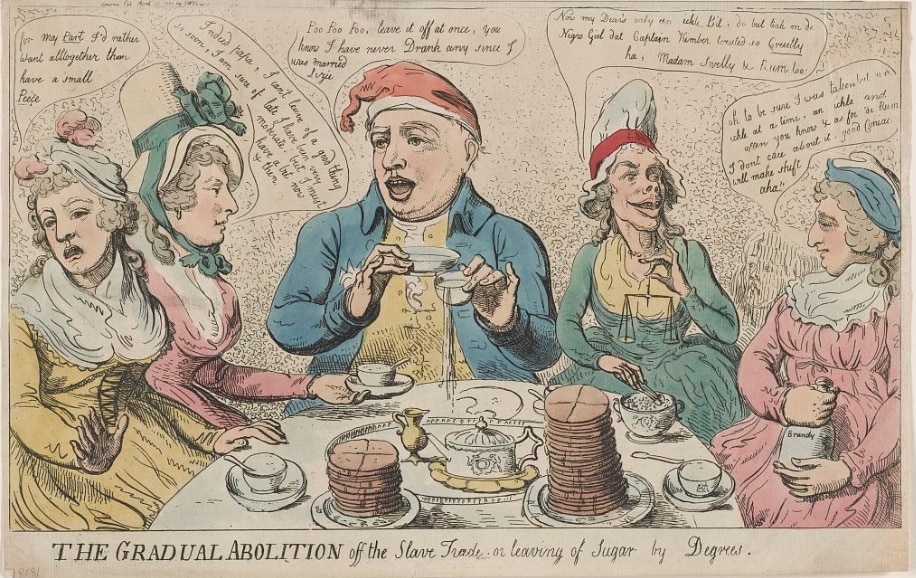
-“The gradual abolition off the slave trade or leaving of sugar by degrees” by Isaac Cruikshank, 1792 (Source)
What role did sugar have in triangular trade?
A) Traders in West Africa traded sugar in exchange for slaves.
B) Traders in the Caribbean traded sugar in exchange for slaves.
C) North American colonists traded slaves in exchange for sugar.
D) Europeans traded manufactured goods in exchange for sugar.
Answer:
The correct answer is (B). Triangular trade began in West Africa, were traders exchanged manufactured goods for slaves. In the Caribbean, traders exchanged sugar for slaves. The sugar was sent to Europe, where it was bought for consumption or used to manufacture commodities, such as rum. A sugar boycott spread across Britain in the 1790s among those who wanted to see England exit the slave trade.


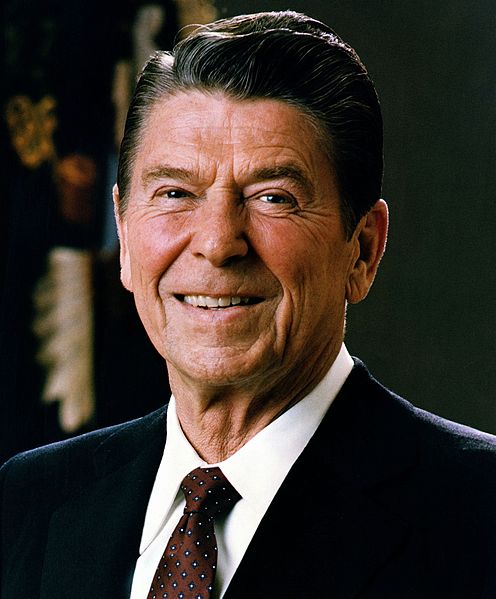
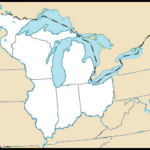
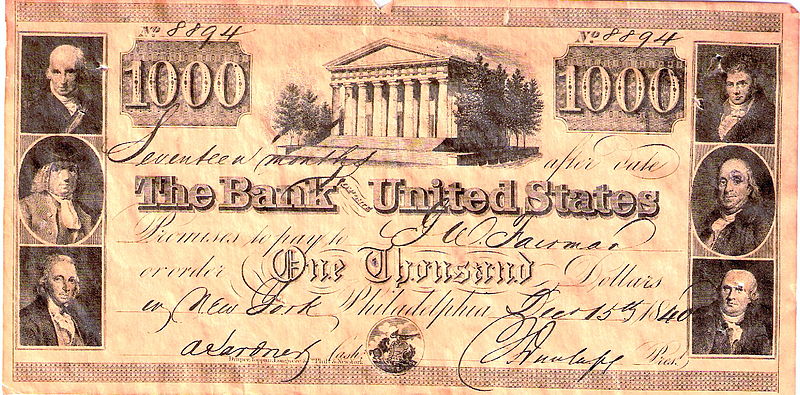
Leave a Reply